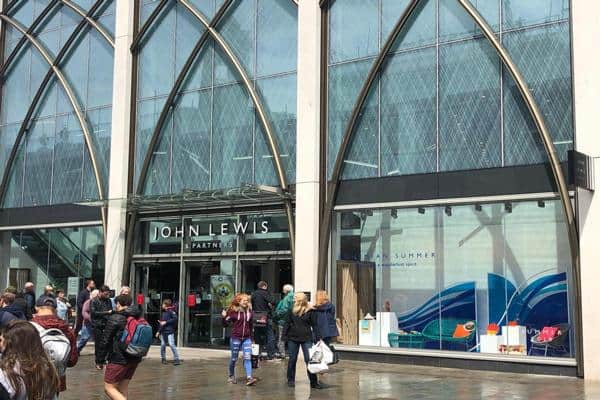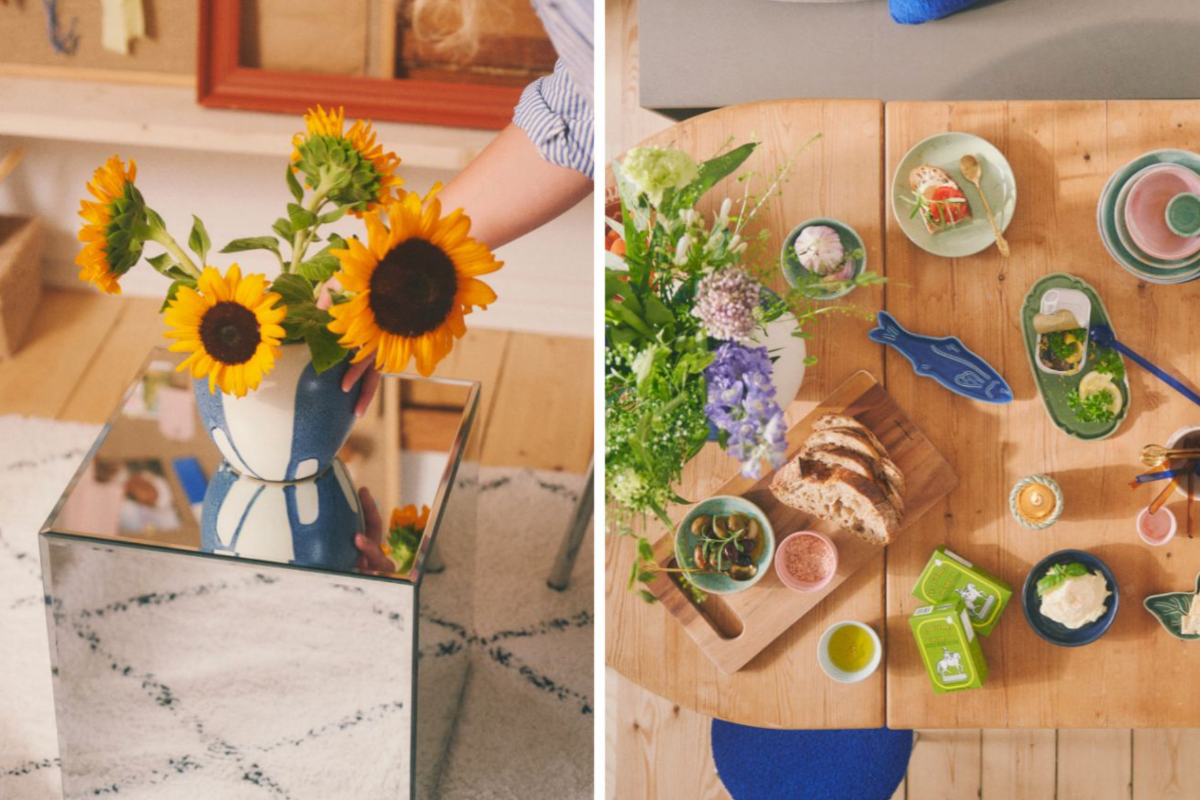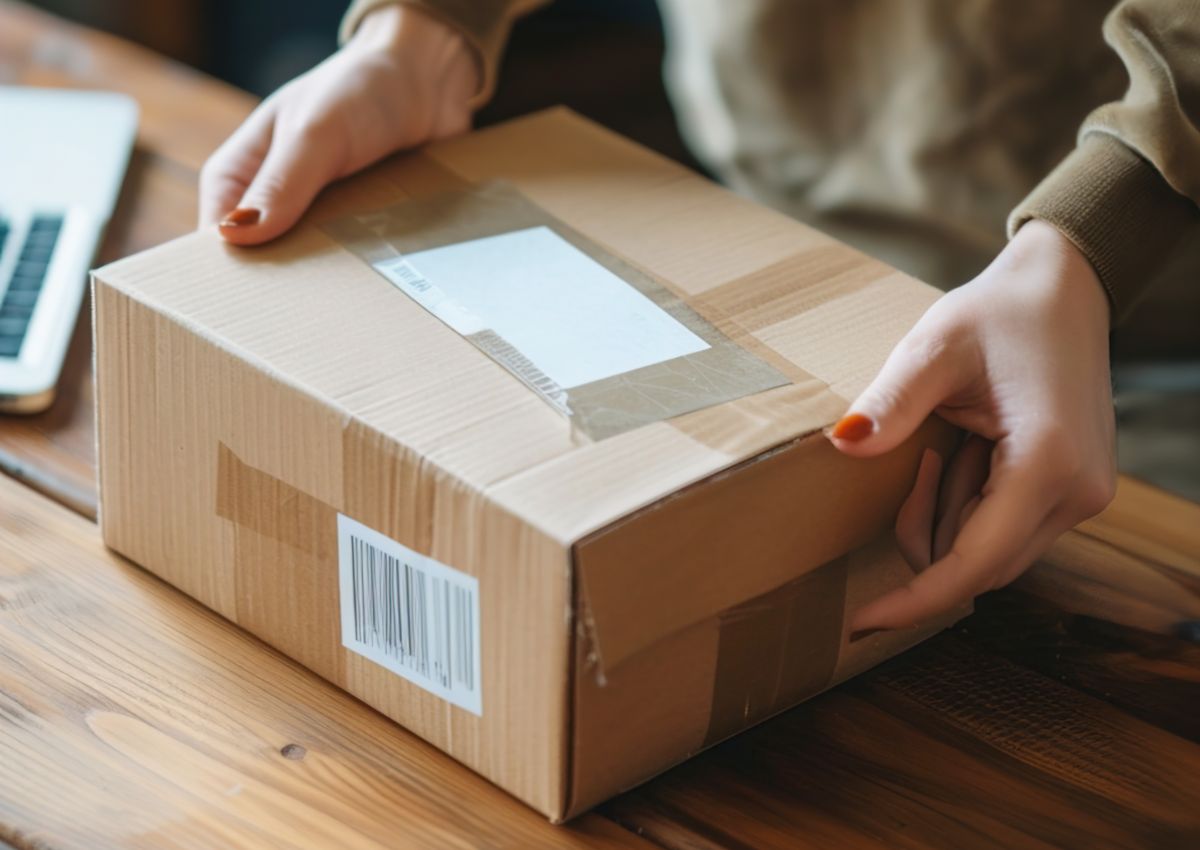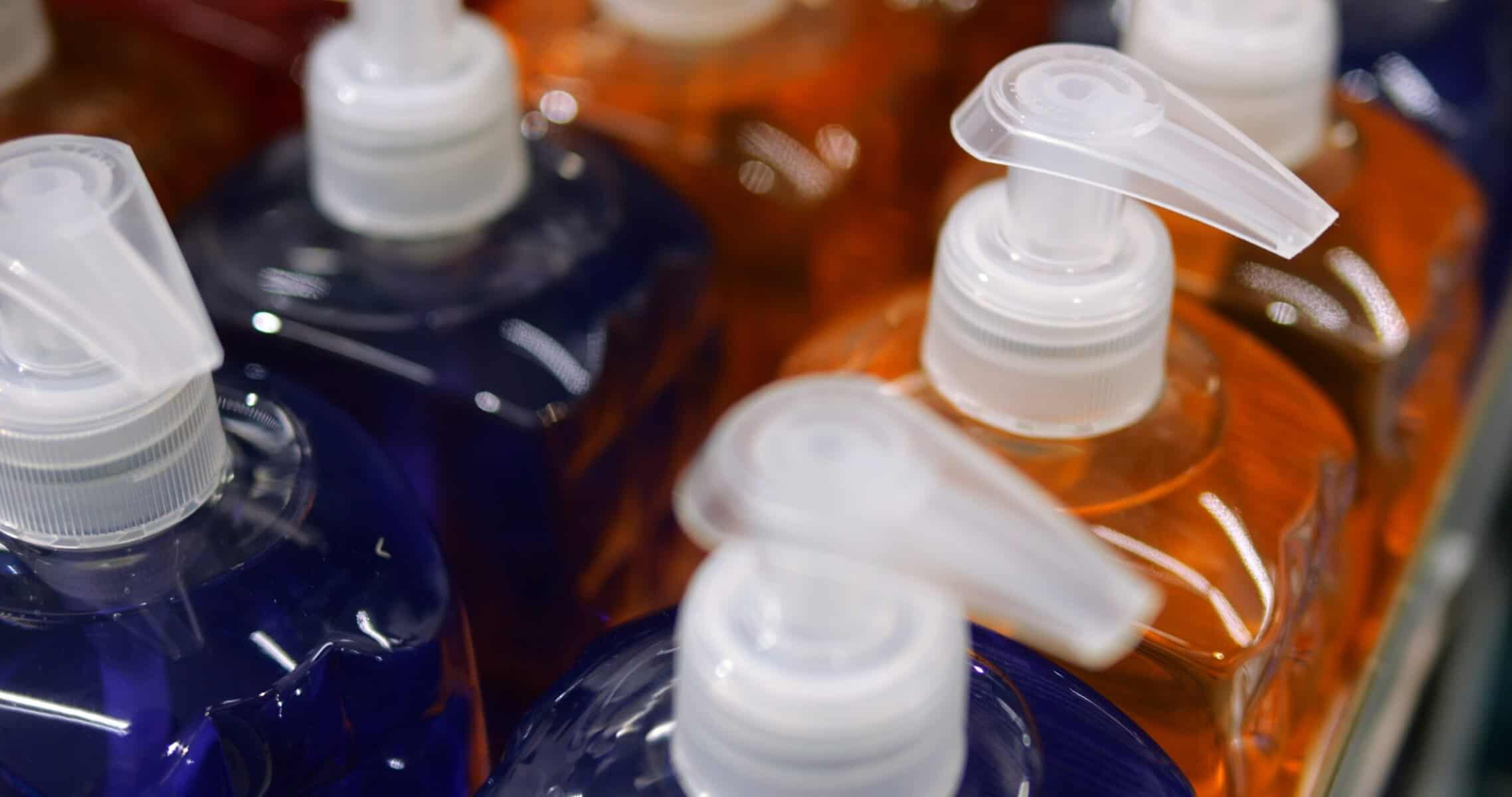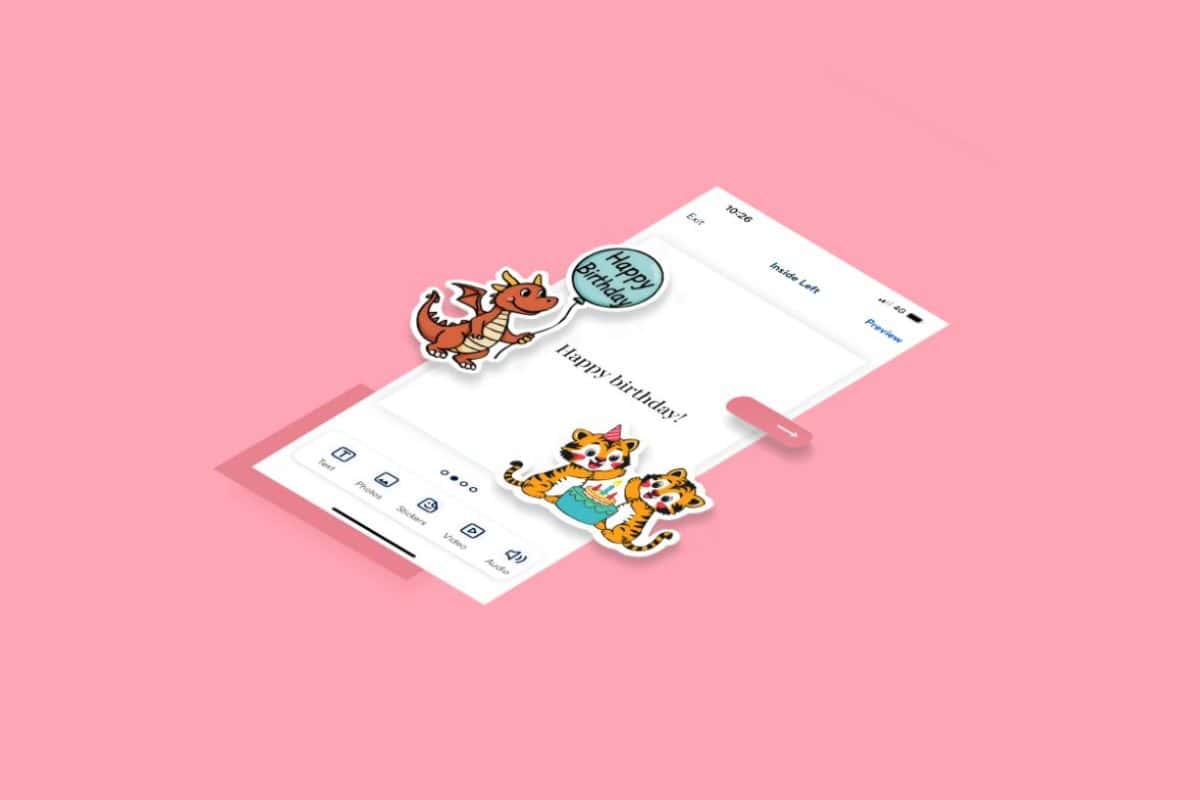Despite online growing by 73% to account for three-quarters of the partnership’s sales, John Lewis & Partners has recorded a £517m pre-tax loss for the full year ended January 2021, down from a positive result of £146m in 2019/20, dragged down almost entirely by closed shops.
A four-fold increase in revenues at Waitrose, which remained open throughout the pandemic, has also helped make the picture brighter than it might have been.
Johnlewis.com has grown significantly, up 73%, and this year was three quarters of the brand’s sales, from 40% before the crisis, says the company. This has been aided by services previously only available in-store like nursery, home interiors advice, wine tasting and cookery courses going online, with Partners supporting customers in a personal way via Zoom and apps.
30 new fashion and beauty brands have been launched in store and online, with a further 50 being introduced, many of them independent and British. Click & Collect is now available at over 900 locations, nearly 400 of which were added in nine weeks, up from 458 last year. Purchases from Boden, Sweaty Betty and Nespresso can now be picked up through our network.
The benefit of being one Partnership with two brands is that more than 4,500 Partners from John Lewis were redeployed to Waitrose during the various lockdowns helping to keep the nation fed, and avoiding £15m in additional costs.
Waitrose.com has grown fourfold since February 2020, now taking around 240,000 orders a week, and stands as a £1bn sales business. This expansion was supported by the opening of a new customer fulfilment centre in Enfield last May, and the extension of online picking and delivery, which is now available in 260 of 331 Waitrose shops.
The partnership also trebled our ‘Rapid’ delivery service within the first month of lockdown. This has all made Waitrose.com the fastest growing online retailer, growing at more than double the market rate according to Kantar.
A trial partnership with Deliveroo has attracted younger new customers and is available through 40 Waitrose shops.
What’s in store?
Much of the loss made across the partnership is the result of substantial exceptional costs of £648m, mainly the write down in the value of John Lewis shops owing to the pronounced shift to online, as well as restructuring and redundancy costs from store closures and changes to the head office.
John Lewis shops are now held on the balance sheet at almost half the value they were before this year’s and last year’s write downs. Before the pandemic it was estimated that £6 in every £10 spent online with John Lewis was driven by shops. The ratio has fallen to £3 in every £10.
However, if exceptional costs are removed from the balance sheet, the company actually made a profit of £131m, £61m more than last year.
The company plans to invest £800m in 2021/22 to support turnaround, approximately 40% higher than recent years. The money will fund digital investment across both brands, at a significantly higher level than recent years and will improve stores and catergory propositions such as home and fincancial services. It will also up capacity at its Magna Park distribution site to handle a higher volume of sales during peaks.
As to the stores themselves, the retailer believes that it will always be important to have a physical to provide a sensory experience that online cannot, supported by the expert advice of Partners. And both brands will remain a blend of stores and online.
The partnership has undertaken substantial research into how shopping habits vary in different parts of the country and between online and stores. As a result the company plans to reshape its store estate over the five years of the Partnership Plan towards making them destinations with inspirational products, introducing small store formats and adding John Lewis stores to Waitrose, a trial of which is underway at Waitrose in Godalming, Horley, Wallingford, Lincoln and Lymington.
The company will also extend click and collect to include Waitrose and third-parties such as the Co-op.
“We are going through the greatest scale of change in the Partnership’s 156-year history,” says Sharon White, Partner & Chairman. “As employee-owners, we share the responsibility of securing the Partnership for future generations of customers and Partners. Difficult decisions taken now will hopefully set the course for those next generations.”
White adds: “I know I am asking so much of Partners. Retail is changing fast around us. And the Partnership is adapting just as fast. What won’t change are the principles and values in which the Partnership is rooted. We have withstood our toughest test and emerged stronger. The strength of the Partnership has seen us successfully navigate the pandemic and will see us to a successful future.”
